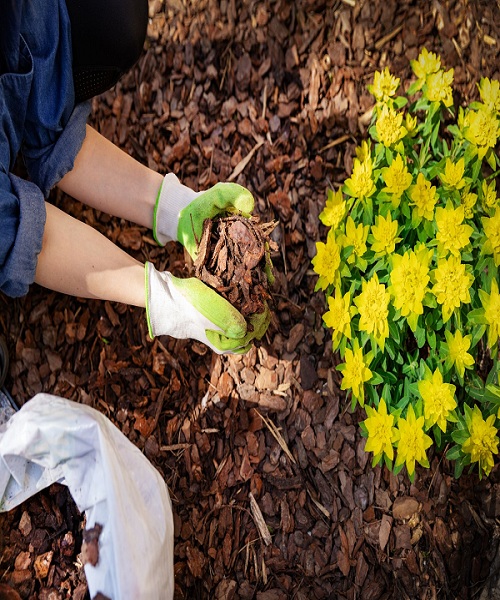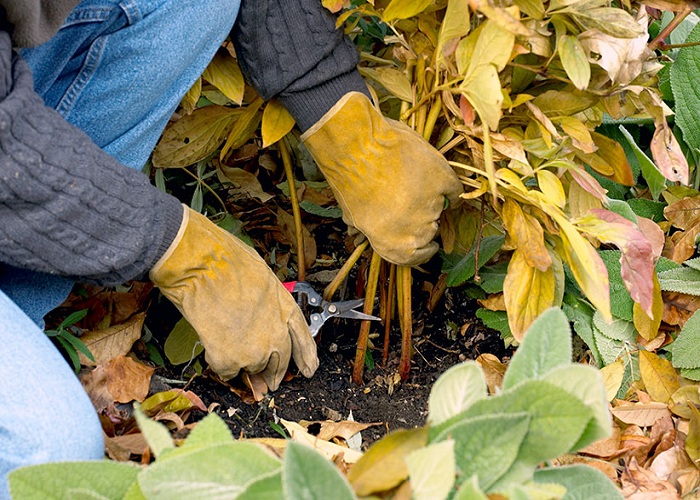Now that autumn has arrived, it’s time to clear up your flowerbeds in preparation for winter.
Your flowerbeds will benefit greatly from your attention to detail this fall when you tidy out the annuals, perennials, and bushes that will be growing in them next year. Plus, it can be a major factor in avoiding weeds next year.
Get Rid of Your Fading Annuals
The overwintering of dead and rotting plant foliage in flowerbeds can lead to serious problems in the spring. More specifically, when it comes to annual flowers!
The flower heads of annuals like petunias, marigolds, and impatiens are covered with seed pods. The seed heads will overwinter and produce new plants as volunteer weeds in the next growing season. The dying foliage also provides the ideal environment for the spread and survival of pests and diseases.
Whenever you notice your annual plants beginning to fade, it’s time to pull them out of the flowerbeds and replace them. You can use the plant’s remaining foliage as compost once you cut off the seed heads.
Also, take down any annuals you may have planted in containers and placed near your flower beds. The seed pods are easily carried by the wind to neighboring flowerbeds, where they will germinate and cause the same problems as in previous years.
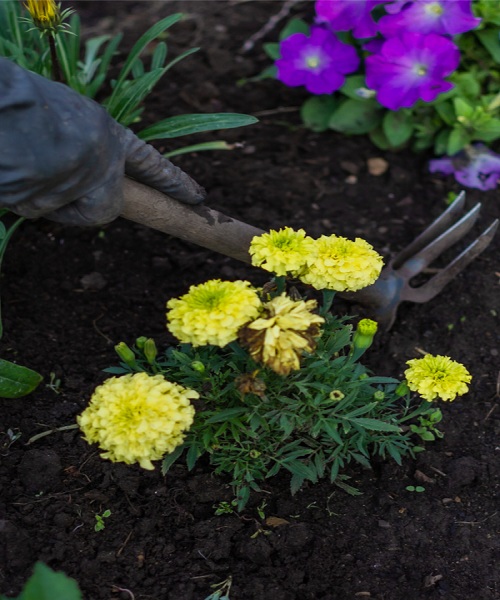
Fall Perennial Maintenance
Once you’ve gotten rid of the annuals and weeds in your garden, you can turn your attention to the perennials.
After the foliage and stems of most perennials have died back in the fall, they must be pruned. However, before to this, it is necessary to dig up and divide any overgrown plants.
Perennials that are allowed to become overgrown are ugly and invite pest infestations. And when their roots are tangled and overloaded, they typically produce fewer flowers.
The fall season is ideal for checking on the development and maturity of perennials in garden beds. At this point in the season, it is clear which plants need to be divided. Additionally, you can see whether portions of your beds need additional transplants to help fill them out.
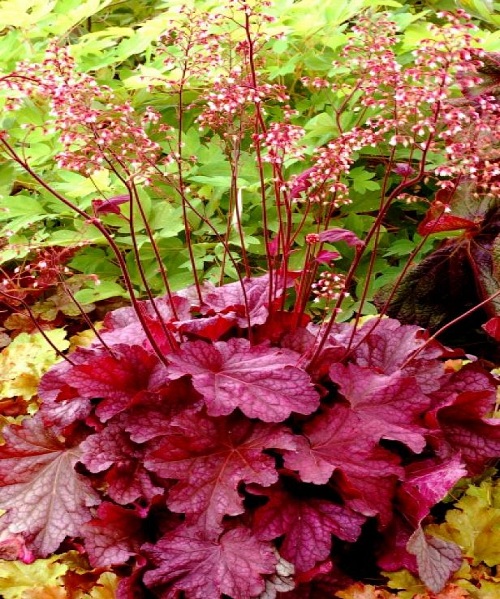
Fill up your beds with plants this fall
The greatest way to ensure that next year’s flowerbeds have fewer weeds than ever before is to plant heavily in them this fall.
You may fill your flower beds to capacity with no extra cost by dividing existing overgrown perennials and using the new, smaller plants to fill in empty spots. Vegetation-packed flowerbeds, meanwhile, provide almost no room for weeds to grow.
Better yet, the more vegetation you have, the less mulch you will need to buy. Even though mulch plays a significant role in preventing weeds and maintaining healthy beds, it’s always preferable to use less of it each year.
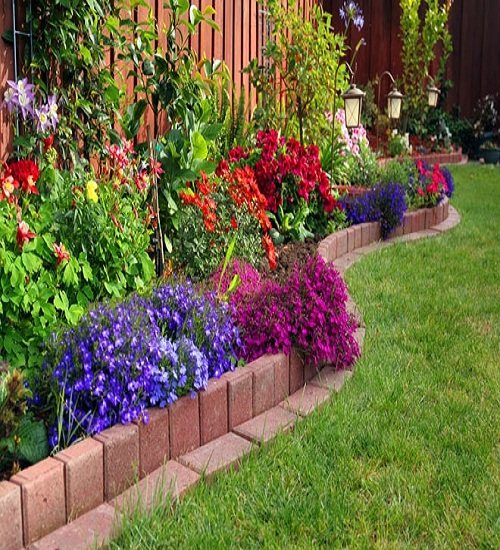
Fall Mulching Flowerbeds
Mulching in the spring is an important practice for many gardeners. But fall mulching is just as crucial in many respects. Not so much for aesthetics as for preventing weeds in the next year and keeping plants safe over the colder months.
When flowerbeds are completely or partially abandoned throughout the winter, windblown and drifting weed seeds have an easy time finding a new home. As soon as they do, they’ll settle in for the winter. Perennial roots are more likely to die in exceptionally cold temperatures when the soil is bare.
In addition to exposing the soil to the elements of wind, rain, and snow throughout the winter, this practice also causes the top layer of minerals and nutrients to be washed away.
When and How to Mulch Flowerbeds in The Fall
Applying a thick layer of mulch as winter approaches is the first step to weed-free gardens in the new year. The success of your mulching efforts in preventing weeds in the following year hinges in large part on how you spread the mulch.
A common fall gardening faux pas is turning or flipping the mulch that has already been placed in the beds. Aerating the mulch may “refresh” it, but it also replants any weed seeds that may have been floating above the ground.
Avoid disturbing the mulch as much as possible. Instead, apply a new layer of mulch (about 3 to 4 inches thick) to the top of your bed. It will shield your perennials from the ravages of the winter season and keep the weeds at bay.
